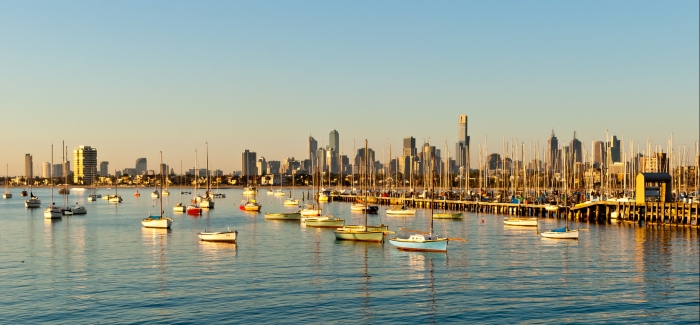Paris retains its claim to being the world’s number one student city, topping the QS Best Student Cities index for the third consecutive year. Meanwhile cross-channel rival London falls one place to third, with Melbourne replacing it in second position. The US remains the most-represented country overall, with eight cities in the top 50, followed by Australia with six.
The French capital has now led this ranking of the world’s best cities for international students since it was first developed in 2012, as a complement to the QS World University Rankings®. The index’s methodology has this year been expanded to draw on 18 indicators; these are combined to score each city in five key categories: university rankings, student mix, desirability, employer activity and affordability.
Top 10 Cities for Students in 2015Based on the QS Best Student Cities 2015 | ||||||
| Overall rank | University rankings (score out of 100) | Student mix | Desirability | Employer activity (score out of 100) | Affordability |
1 | 96 | 83 | 83 | 96 | 54 | |
2 | 69 | 100 | 94 | 94 | 40 | |
3 | 100 | 93 | 71 | 100 | 28 | |
4 | 65 | 95 | 98 | 94 | 36 | |
5 | 74 | 80 | 88 | 82 | 63 | |
6 | 77 | 87 | 73 | 100 | 49 | |
7 | 79 | 55 | 95 | 94 | 62 | |
8 | 63 | 96 | 83 | 78 | 60 | |
9 | 61 | 90 | 100 | 73 | 51 | |
10 | 87 | 71 | 66 | 94 | 54 | |
A total of 29 countries are represented in this year’s QS Best Student Cities. Europe remains the dominant region, with 20 cities featured, followed by North America with 12, Asia with 9, Oceania with 7 and South America with 2. New entries this year are Coventry (UK), Pittsburgh (US) and Osaka (Japan).
What makes a desirable student city?
Several new sources have been added to the QS Best Student Cities methodology this year, with the aim of providing a fuller reflection of each city’s desirability as a destination for international students. These include Transparency International’s Corruption Perceptions Index, The Economist’s Global Liveability Report, Numbeo’s indices of safety and pollution, and the Social Progress Index.
In order to be considered for inclusion, cities must meet two basic criteria: a population of at least 250,000 and at least two higher education institutions featured in the QS university rankings. From some 116 cities which qualify on these grounds, the top 50 are then selected based on those with the strongest combined scores across the five categories considered.
London and Paris retain the two strongest scores in the “university rankings” category, thanks to their large contingents of internationally ranked institutions. Melbourne gets the strongest score for “student mix”, which considers both the size and diversity of the student population, followed by Irish capital Dublin. Toronto is the leader in the “desirability” group of indicators, with Sydney in second place.
London and Boston are tied at the top of the “employer activity” category, which is calculated based on QS’s surveys of employers around the world, who are asked to identify the institutions they prefer to recruit from. Meanwhile the most “affordable” cities included in the ranking – based on a combination of factors reflecting tuition fees and general living expenses – are Taipei and Mexico City.
What do you think makes a great student city? Join the conversation on Facebook and Twitter with #QSBestCities.












